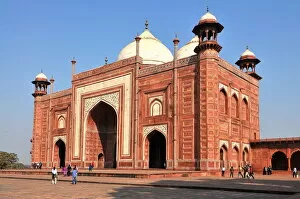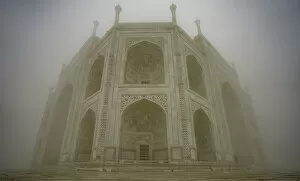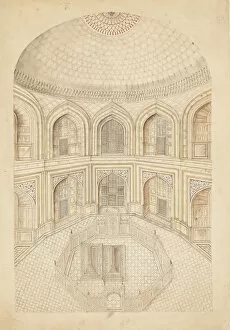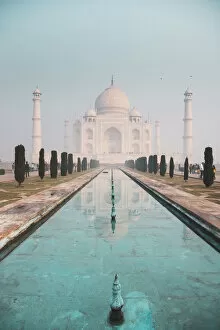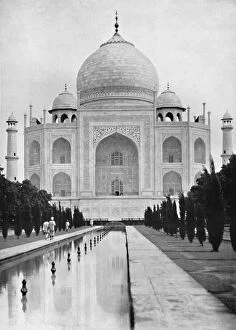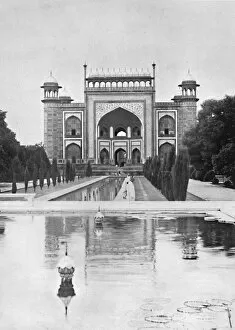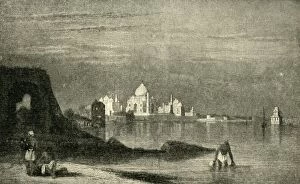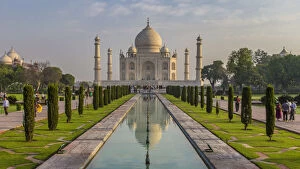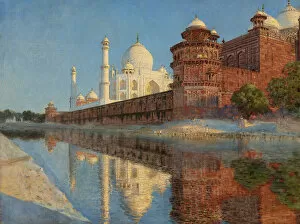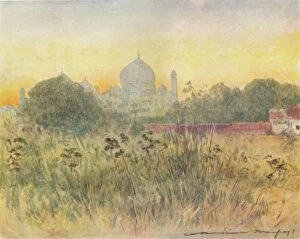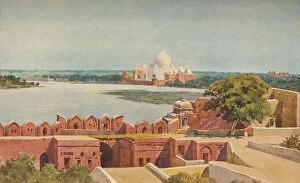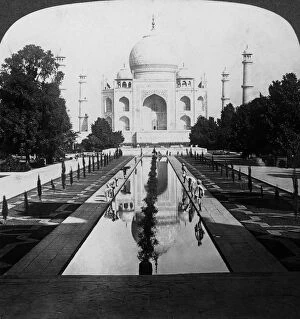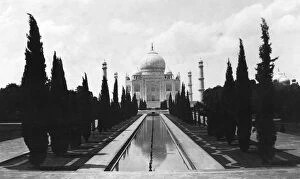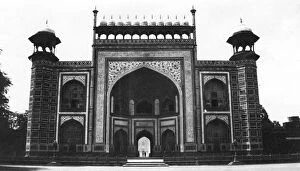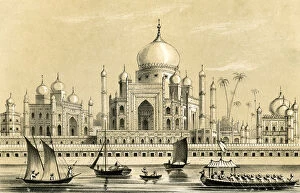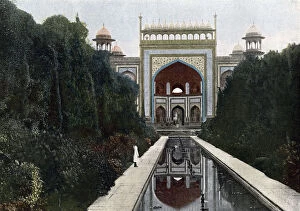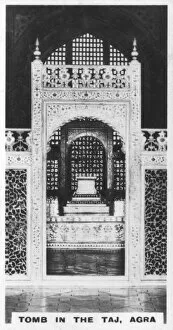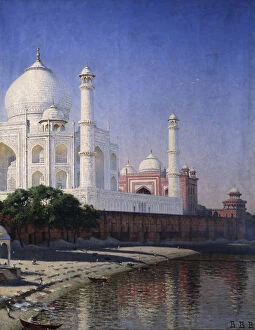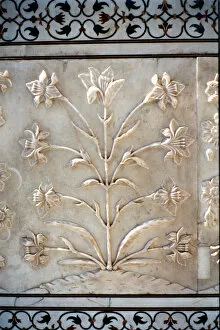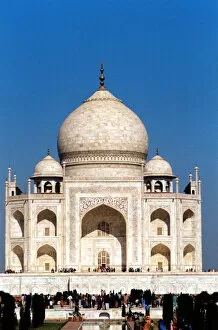Taj Mahal Collection (page 5)
The Taj Mahal, a UNESCO World Heritage Site located in Agra, Uttar Pradesh, India, stands as an iconic symbol of love and architectural brilliance in Asia
For sale as Licensed Images
Choose your image, Select your licence and Download the media
The Taj Mahal, a UNESCO World Heritage Site located in Agra, Uttar Pradesh, India, stands as an iconic symbol of love and architectural brilliance in Asia. Built by Shah Jahan in memory of his beloved wife Mumtaz Mahal, this majestic mausoleum attracts visitors from all over the world. As you approach the entrance, you may witness Indian women standing patiently in line to catch a glimpse of this magnificent structure. The sight is awe-inspiring as it showcases the cultural diversity and devotion that surrounds the Taj Mahal. Visitors flock to this grand monument every day to marvel at its intricate design and exquisite beauty. The Yamuna River flows gracefully behind it, creating a picturesque backdrop where camels can be seen leisurely strolling along its banks. Dating back to the 19th century, wood engravings depict stunning views of the Taj Mahal from across the river. This historical artwork captures its timeless charm and allure that has transcended generations. Every detail of this architectural masterpiece tells a story - from its delicate carvings to its shimmering white marble facade. As dawn breaks over Agra, witnessing the Taj Mahal bathed in soft golden hues is truly magical; it's an experience that leaves one breathless with admiration. However, amidst such splendor lies a stark contrast - slums within close proximity remind us of social inequalities that persist even near this global treasure. It serves as a reminder for us all to strive for inclusive development while preserving our heritage. The Taj Mahal continues to stand tall as an emblematic representation of eternal love and human ingenuity. Its grandeur never fails to captivate hearts and minds alike; it remains an enduring testament to India's rich history and cultural legacy.

